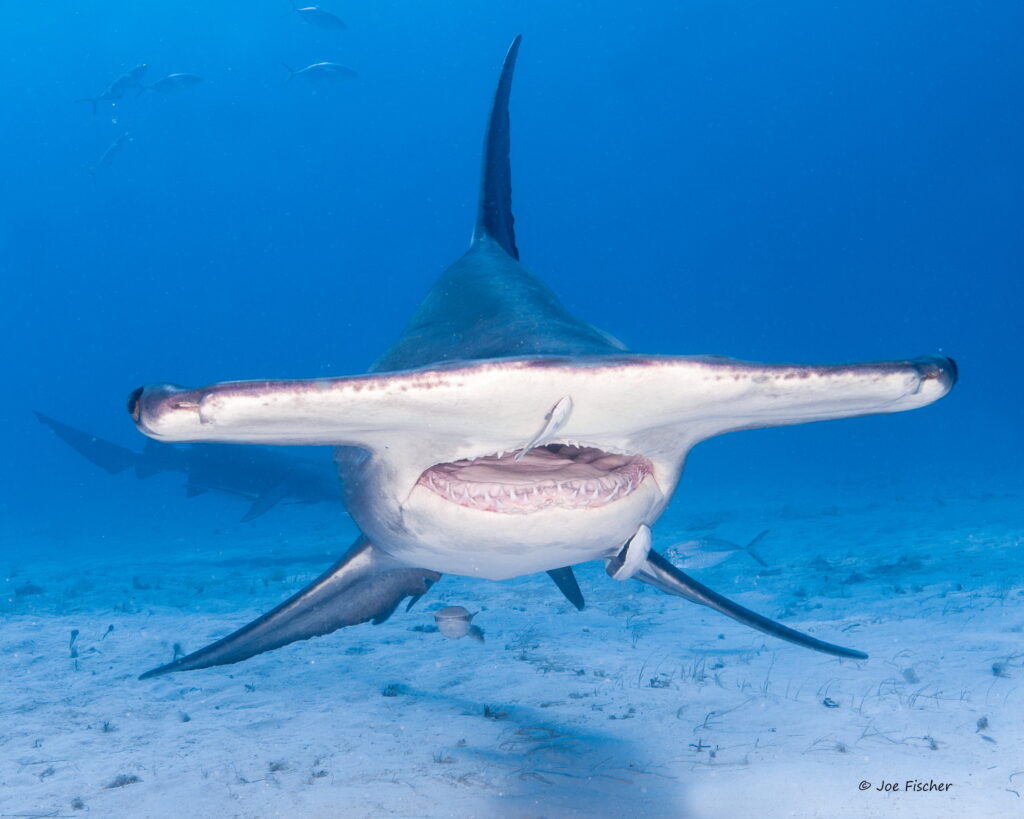The diversity and beauty of marine life are truly mesmerizing. From the colorful coral reefs of the Great Barrier Reef to the unique ecosystems of the Galápagos Islands, each underwater environment offers a different array of species. Large predators like Hammerhead sharks provide thrilling experiences for divers and photographers alike. Each region’s unique conditions, such as water temperature, depth, and availability of light, contribute to the distinct marine life found there. If you’re planning to photograph these underwater wonders, sharpening your skills with one of Joe’s Photography Classes can greatly enhance your experience and results.
The vast diversity and stunning beauty of marine life make underwater photography an incredibly rewarding pursuit. Whether capturing the intricate details of a tiny nudibranch or the awe-inspiring presence of a Hammerhead shark, each dive offers unique opportunities. In truth, photography takes skill and preparation. Here are some tips to enhance your underwater photography experience:
Planning Your Photography Trip
Research the Location
Understanding the marine life at your dive site is crucial. Each region has unique species and ecosystems, so knowing what to expect can help you plan your shots.
Lighting
Underwater lighting can be challenging due to the absorption and scattering of light. Consider using strobes or external lights to bring out the vibrant colors of marine life.
Get Close
Water reduces contrast and sharpness. Get as close as possible to your subject without scaring it or affecting its natural behavior. Above all, minimizes the water between your lens and the subject. This results in clearer and more vibrant images.
Respect the Environment
Always prioritize marine life with the purpose of protecting their habitat. In fact, avoid touching or disturbing animals and corals. Be mindful of your fins to prevent kicking up sediment.
Practice
In practice, underwater photography requires skill and patience. Take a class, or experiment with different settings, angles, and compositions to find what works best for you. With preparation and respect for the wildlife, you can capture breathtaking images that showcase the beauty of marine life underwater.

